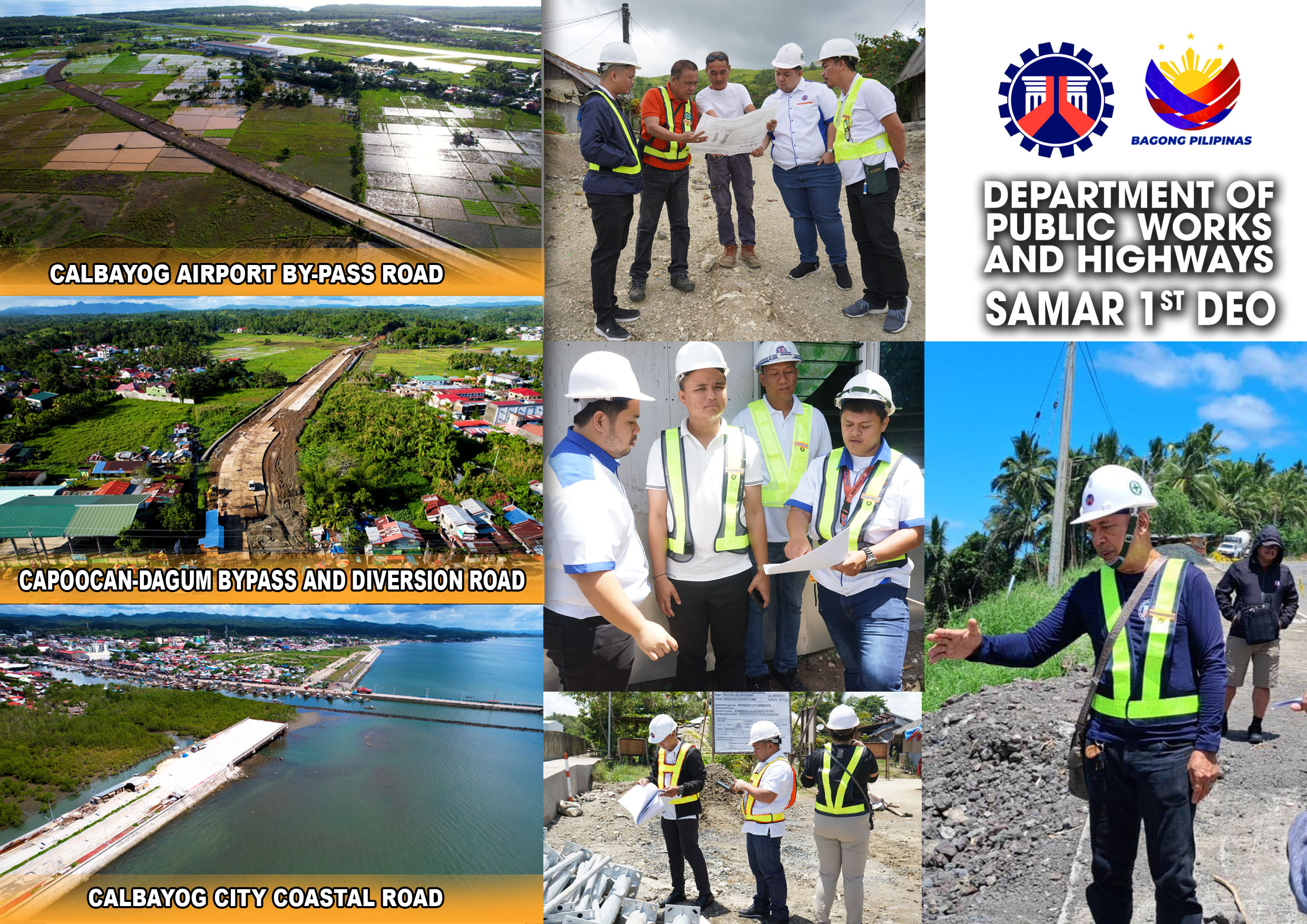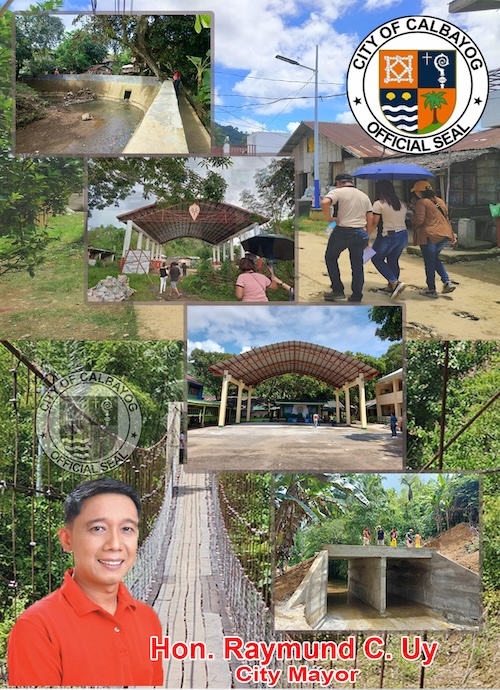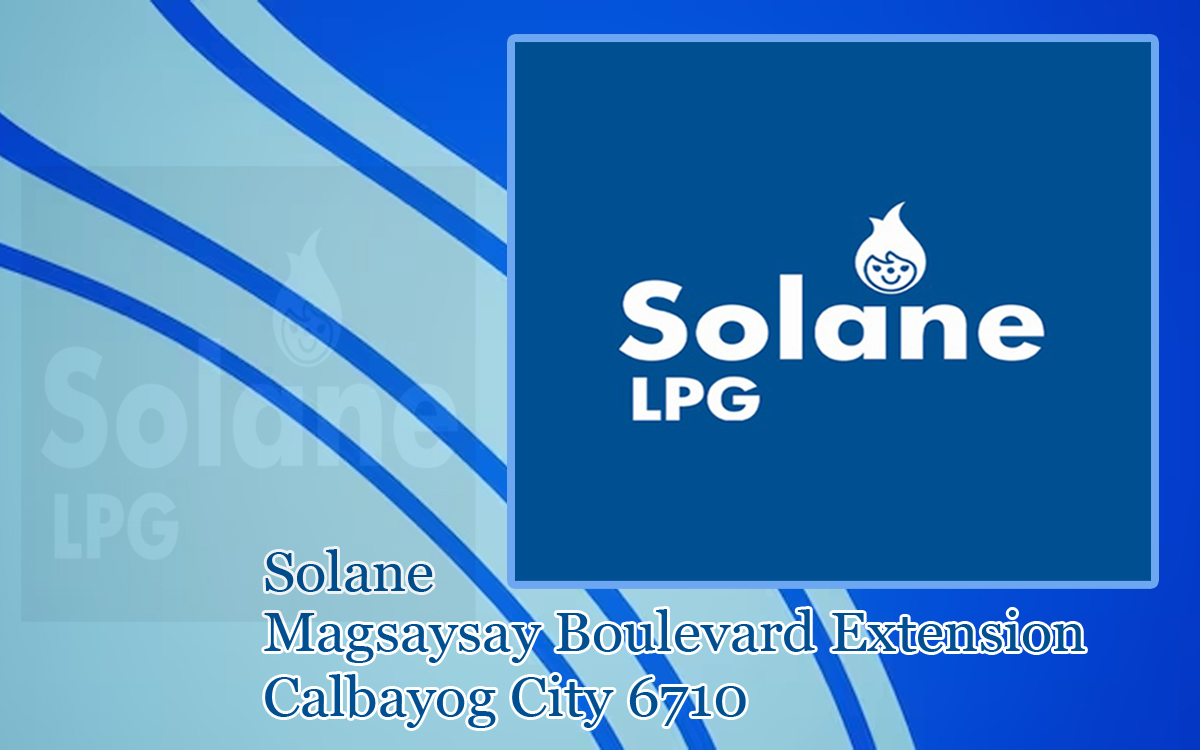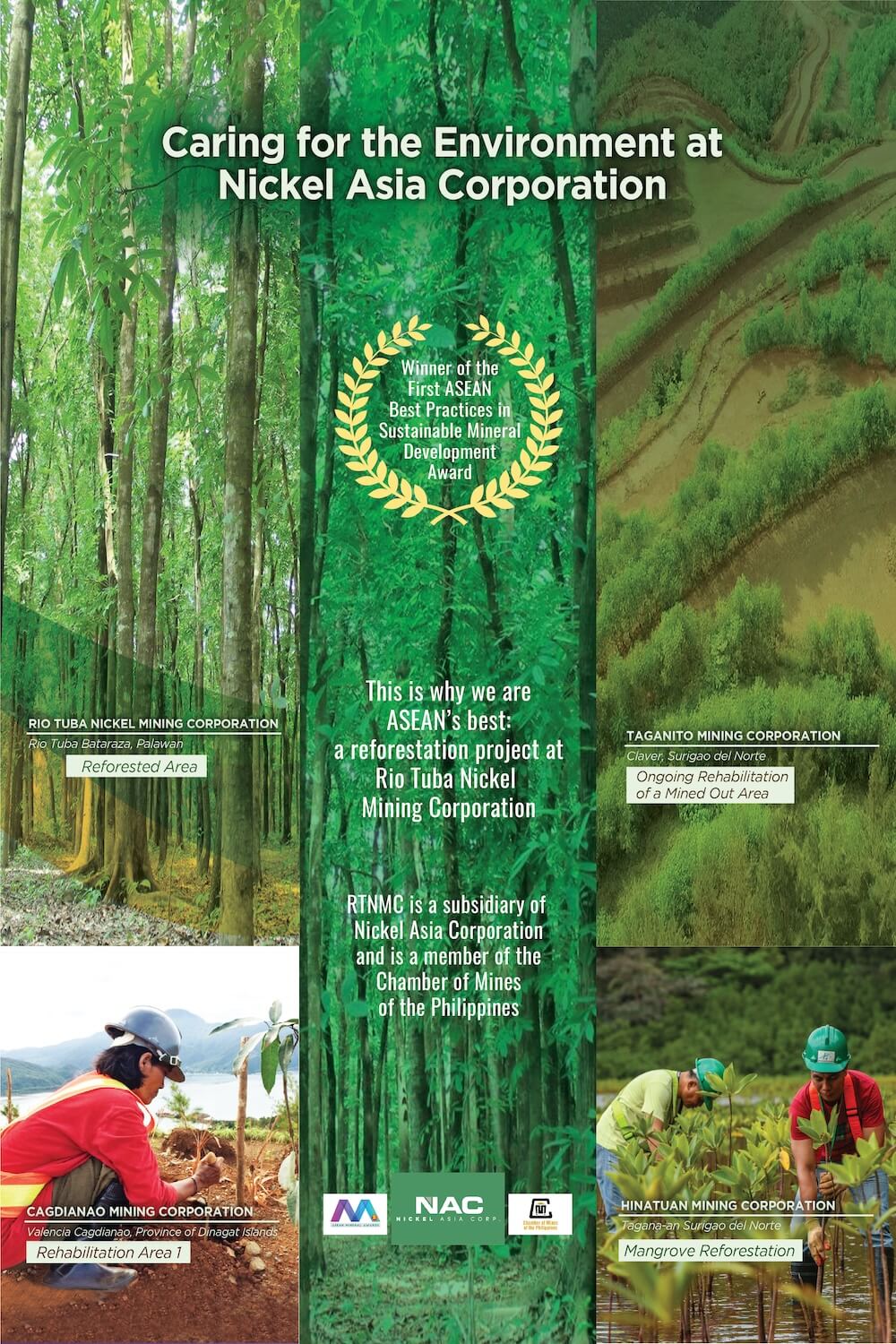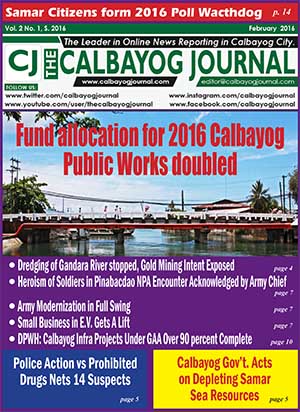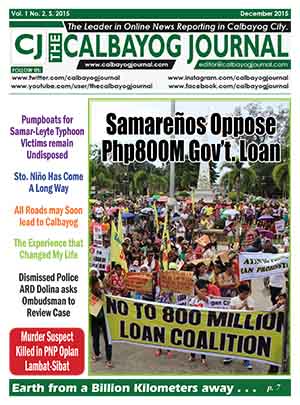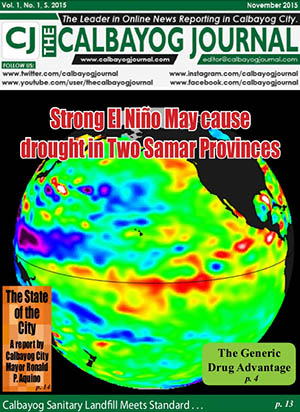.png)
Story: ELMER RECUERDO
Photo: Internet
PALO, Leyte – Eastern Visayas continues to experience a surge in dengue cases with 15 deaths already reported, according to the Department of Health regional office.
In its latest report released on Monday, DOH-8 said that as of August 3, a total of 6,058 cases have been recorded in the region since January with a case fatality rate of 0.25%. This represents a 154% increase compared to the same period last year, which recorded 2,386 cases.
Three in every four patients are below 20 years old, with the bulk (almost 40 percent) are aged 10 years old and below.
Among the cities and municipalities, Calbayog City recorded the most number of cases with 741 followed by Catbalogan City with 401, Paranas with 297 and Tacloban City 290.
Jelyn Malibago, DOH-8 regional information officer, attributed the surge in cases to the recent heavy rains brought by weather disturbances affecting the region.
Malibago said the rainy season increased the number of breeding grounds for Aedes Aegypti, the mosquito that brings dengue virus.
"Rainy season leads to a surge in the mosquito population for the conditions are favorable for breeding as well as the high humidity during rainy season creates an environment conducive to mosquito survival and activity," Malibago said.
"During rainy season, people tend to stay indoors which may lead to increased exposure to mosquitoes especially if homes are not adequately protected with screens or insect repellents," she added.
DOH-8 recently issued an appeal to all local government units urging them to implement its recommended "5S" strategy to stop the further increase in the number of fatalities.
These measures include search and destroy of mosquito breeding sites, seek consultation for those with fever, self-protect against mosquito bites, support of fogging activities and sustain hydration.
On Monday, DOH-8 issued a memorandum mandating all health facilities, both public and private, within the region to reestablish Dengue Fast Lanes to facilitate the prompt diagnosis and treatment of suspected dengue patients.
The health department also ordered health facilities to arrange for the retraining of medical personnel involved in the management of dengue cases, focusing on prompt detection, appropriate triage, and treatment in accordance with established guidelines.
The health facilities are also mandated to ensure an adequate supply of intravenous fluids, diagnostic tools such as Dengue Rapid Diagnostic Tests (RDTs), and essential medications are readily available for patient care.
CLUSTERING CASES: Malibago said DOH-8 is closely monitoring at least 138 barangays considered as dengue hotspots in the whole region due clustering of cases.
DOH-8 notes a clustering of dengue cases in 24 barangays in Ormoc City, nine in Tacloban City, nine in Biliran, five in Southern Leyte and 33 in Leyte.
Also considered as hotspots are 57 barangays in Samar (Catbalogan, Calbayog,Paranas, Basey, Gandara, San Jorge, San Sebastian, Hinabangan, Tarangnan, Sto. Nino and Calbiga); one barangay in Northern Samar and five barangays in Eastern Samar (Oras, Dolores and Can-Avid).(CJ/jmm/ER)
Calbayog Journal, August 12, 2024.
Photo: Internet
PALO, Leyte – Eastern Visayas continues to experience a surge in dengue cases with 15 deaths already reported, according to the Department of Health regional office.
In its latest report released on Monday, DOH-8 said that as of August 3, a total of 6,058 cases have been recorded in the region since January with a case fatality rate of 0.25%. This represents a 154% increase compared to the same period last year, which recorded 2,386 cases.
Three in every four patients are below 20 years old, with the bulk (almost 40 percent) are aged 10 years old and below.
Among the cities and municipalities, Calbayog City recorded the most number of cases with 741 followed by Catbalogan City with 401, Paranas with 297 and Tacloban City 290.
Jelyn Malibago, DOH-8 regional information officer, attributed the surge in cases to the recent heavy rains brought by weather disturbances affecting the region.
Malibago said the rainy season increased the number of breeding grounds for Aedes Aegypti, the mosquito that brings dengue virus.
"Rainy season leads to a surge in the mosquito population for the conditions are favorable for breeding as well as the high humidity during rainy season creates an environment conducive to mosquito survival and activity," Malibago said.
"During rainy season, people tend to stay indoors which may lead to increased exposure to mosquitoes especially if homes are not adequately protected with screens or insect repellents," she added.
DOH-8 recently issued an appeal to all local government units urging them to implement its recommended "5S" strategy to stop the further increase in the number of fatalities.
These measures include search and destroy of mosquito breeding sites, seek consultation for those with fever, self-protect against mosquito bites, support of fogging activities and sustain hydration.
On Monday, DOH-8 issued a memorandum mandating all health facilities, both public and private, within the region to reestablish Dengue Fast Lanes to facilitate the prompt diagnosis and treatment of suspected dengue patients.
The health department also ordered health facilities to arrange for the retraining of medical personnel involved in the management of dengue cases, focusing on prompt detection, appropriate triage, and treatment in accordance with established guidelines.
The health facilities are also mandated to ensure an adequate supply of intravenous fluids, diagnostic tools such as Dengue Rapid Diagnostic Tests (RDTs), and essential medications are readily available for patient care.
CLUSTERING CASES: Malibago said DOH-8 is closely monitoring at least 138 barangays considered as dengue hotspots in the whole region due clustering of cases.
DOH-8 notes a clustering of dengue cases in 24 barangays in Ormoc City, nine in Tacloban City, nine in Biliran, five in Southern Leyte and 33 in Leyte.
Also considered as hotspots are 57 barangays in Samar (Catbalogan, Calbayog,Paranas, Basey, Gandara, San Jorge, San Sebastian, Hinabangan, Tarangnan, Sto. Nino and Calbiga); one barangay in Northern Samar and five barangays in Eastern Samar (Oras, Dolores and Can-Avid).(CJ/jmm/ER)
Calbayog Journal, August 12, 2024.


